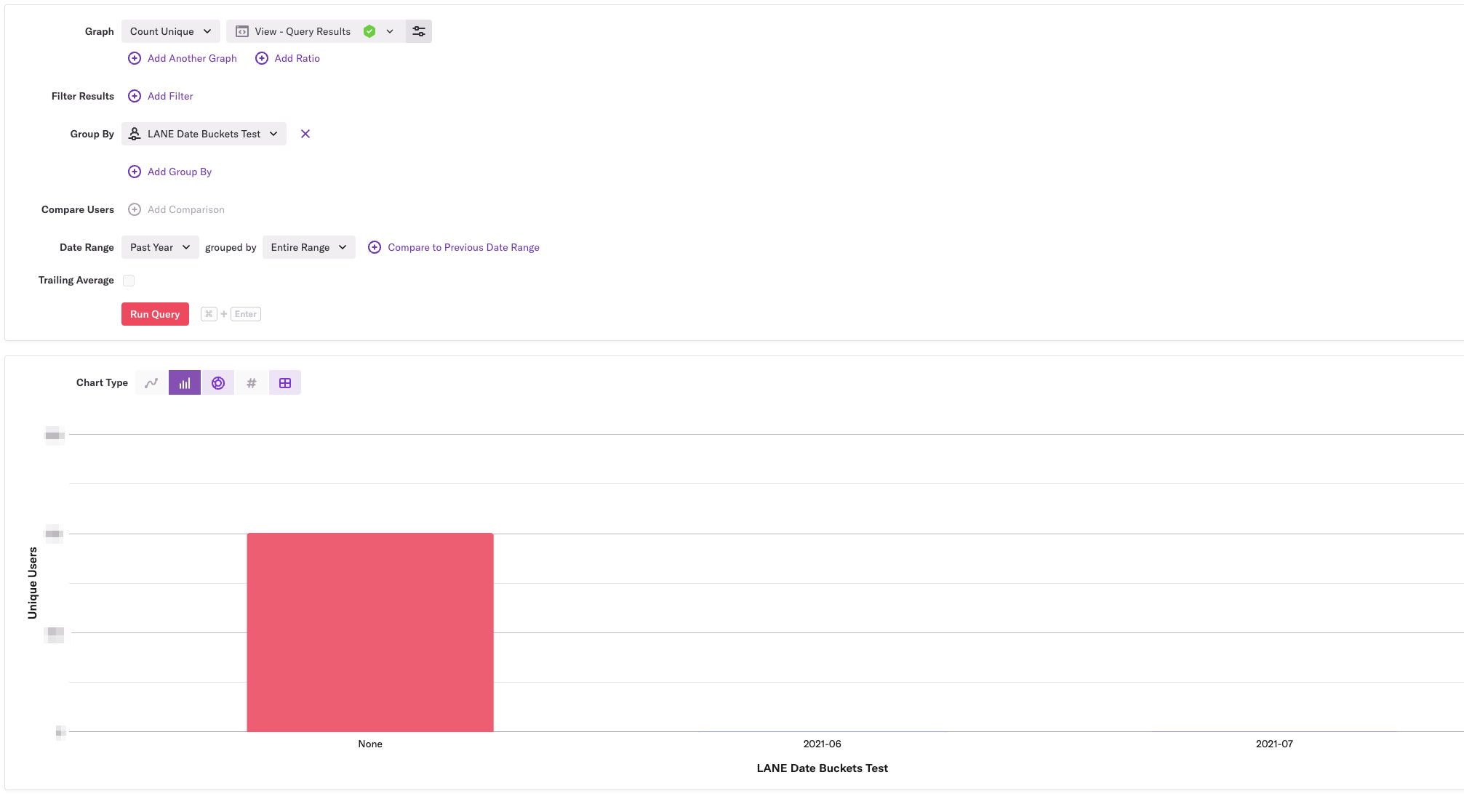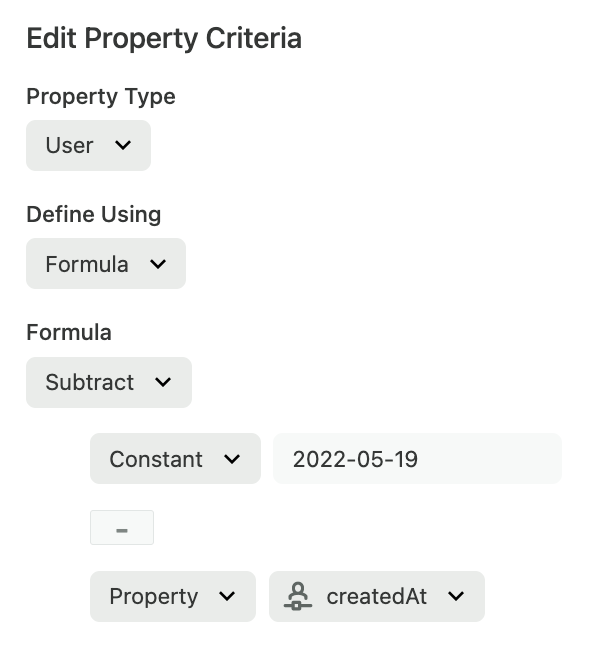Hi everyone,
I'm trying to compute our user accounts age based on the user property createdAt. Following a simple MY SQL coding logic I intend to get the TIMESTAMPDIFF(year, createdAt, now()) to create a new property.
Did someone faced this issue before? We have Heap connected to our Salesforce account, however I think if we can compute the account's age directly in Heap it will be easier.
Best regards,
Bernardo Madeira
Best answer by jonathan
View original






